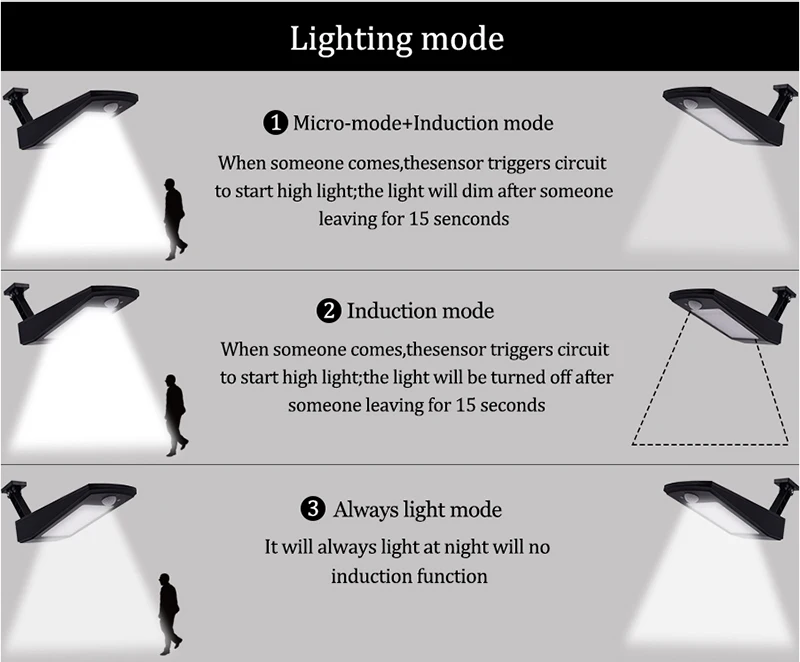Exploring the Fascinating Phenomenon: Are Bugs Attracted to Light?
#### Are Bugs Attracted to Light?The question, "Are bugs attracted to light?" has intrigued scientists and nature enthusiasts alike for centuries. This phen……
#### Are Bugs Attracted to Light?
The question, "Are bugs attracted to light?" has intrigued scientists and nature enthusiasts alike for centuries. This phenomenon is commonly observed during warm summer nights when swarms of insects are drawn to artificial lights, such as porch lights, street lamps, and even campfires. But what exactly causes this attraction? Understanding the reasons behind this behavior can provide insights into the lives of these creatures and their ecological roles.
#### The Science Behind the Attraction
Insects, particularly nocturnal species, utilize natural light sources for navigation. During the day, they rely on the sun to orient themselves, but at night, they often turn to the moon and stars. Artificial lights can confuse these insects, as they are typically much brighter than natural light sources. This confusion leads them to fly towards the light, often resulting in large gatherings around light sources.

#### Types of Bugs Attracted to Light
Various types of bugs are attracted to light, including moths, beetles, and flies. Moths are perhaps the most well-known example, with many species exhibiting a strong attraction to light. This behavior is thought to be a result of their evolutionary adaptation to navigate using the moonlight. Other insects, such as certain beetles and flies, also exhibit similar behaviors, though the reasons may vary among species.
#### The Ecological Impact

The attraction of bugs to light has significant ecological implications. While it may seem like a harmless occurrence, the gathering of insects around lights can disrupt local ecosystems. Predators, such as bats and birds, may take advantage of these congregations, leading to changes in food webs. Additionally, the presence of artificial lights can affect the mating behaviors of some species, further impacting their populations.
#### Human Interaction and Light Pollution
As urbanization increases, so does light pollution, which can have detrimental effects on insect populations. The excessive use of artificial lighting can disrupt natural behaviors, leading to declines in certain species. This has raised concerns among ecologists and conservationists, prompting discussions about the need for more responsible lighting practices. Solutions such as using shielded lights, reducing unnecessary illumination, and employing motion sensors can help mitigate these impacts.

#### Conclusion
In conclusion, the question "Are bugs attracted to light?" opens up a fascinating exploration of insect behavior, ecology, and the impact of human activity on the natural world. Understanding this phenomenon not only enhances our knowledge of insects but also highlights the importance of preserving the delicate balance of our ecosystems. As we continue to study and learn about these creatures, we can make informed decisions that promote biodiversity and protect our environment.